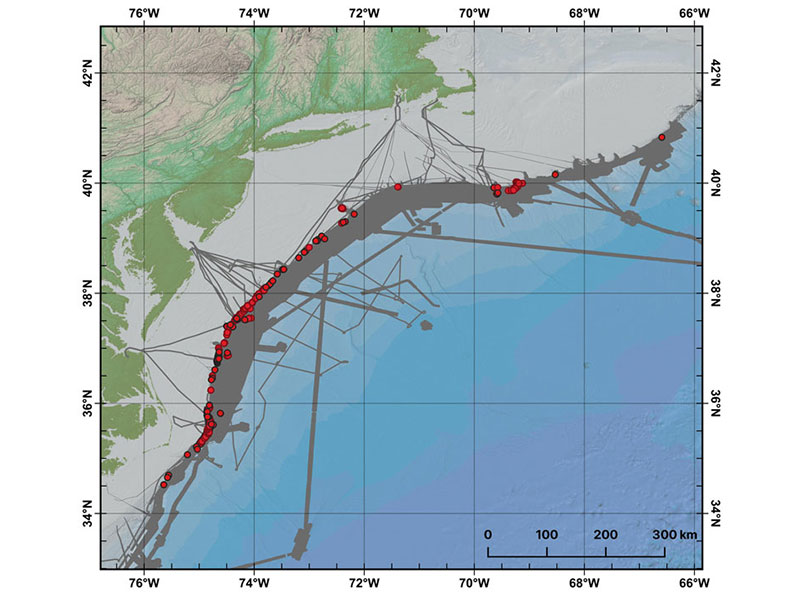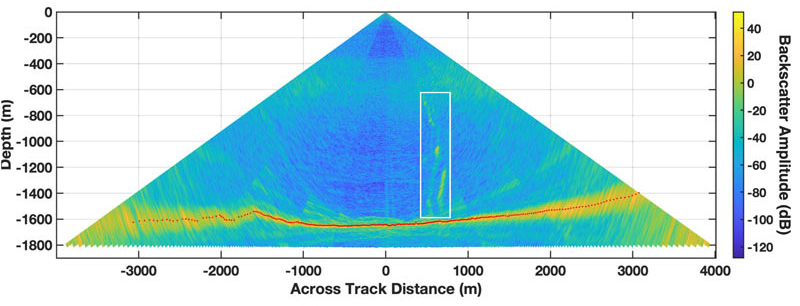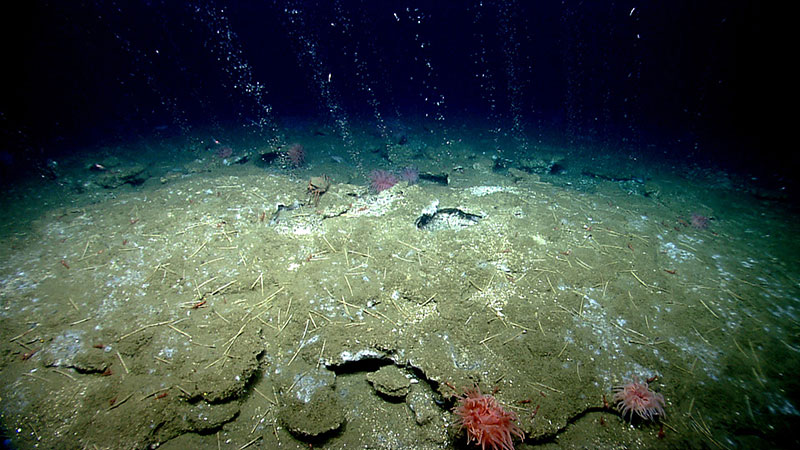
Machine Learning-Based Automated Detection of Seafloor Gas Seeps
Past Expedition
Overview
Recognizing the importance of seeps and the significant potential for further seep discovery, a research team has been developing an efficient and cost-effective machine learning-based software system to automatically detect seafloor gas seeps (i.e., cold seeps) in mapping sonar water column data. Seeps are hotspots of deep-sea biodiversity, an important part of the global carbon cycle, indicators of potential marine geohazards, and an energy production resource. However, the deep ocean is largely unexplored, and most seeps are discovered through manual visual analysis of water column sonar imagery, which is time consuming, costly, and inconsistent. This project is designed to automate that process, accelerating the speed, accuracy, and consistency of seep discovery, and resulting in improved understanding of seep abundance and distribution.
Training the Model
The core element of the new system is a machine learning model, which needed to be trained to detect seeps. To train and validate the model, the team relied on multibeam sonar water column data collected by NOAA Ocean Exploration during expeditions along the U.S. Atlantic margin on NOAA Ship Okeanos Explorer. They visually reviewed over 428,396 multibeam sonar water column images — searching for gas bubble plumes — and digitally labeled them, noting the presence or absence of seep targets. Seep targets were present in 6,583 (1.54%) of these images. Where seeps were present, the researchers drew bounding boxes around the seep targets to indicate their locations, which resulted in 8,324 bounding boxes.
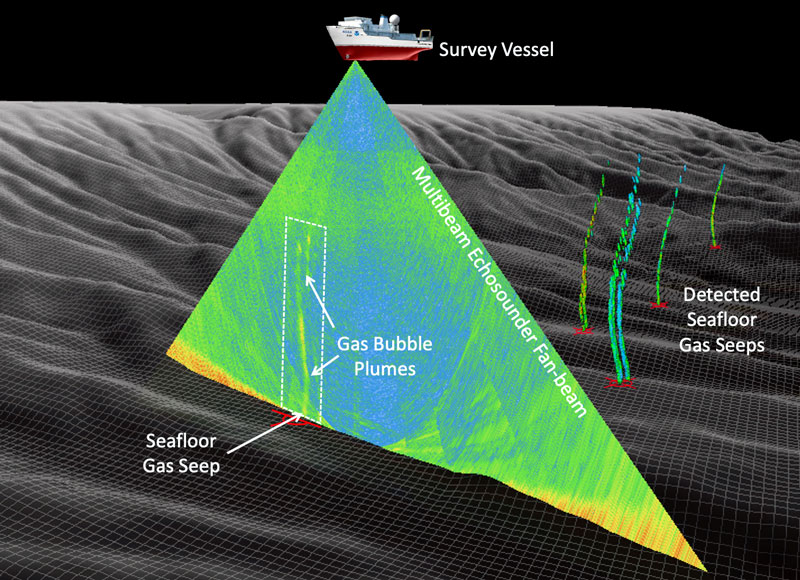
Download largest version (jpg, 1.18 MB).
Education
Our Learn & Discover page provides the best of what the NOAA Ocean Exploration website has to offer to support educators in the classroom during this expedition. Each theme page includes expedition features, lessons, multimedia, career information, and associated past expeditions. Below are related top education themes for this expedition.
Meet the Exploration Team
Learn more about the team members and their contributions to this project.

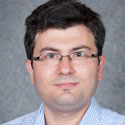




Resources & Contacts
-
Emily Crum
Communication Specialist
NOAA Ocean Exploration
ocean-explore-comms@noaa.gov

